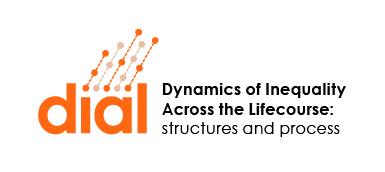This paper assesses how the short- and medium-term economic consequences of divorce on women vary by family size. It finds, surprisingly, that having children contributes to a woman’s economic recovery in the medium term.
The researchers made use of household survey data in the US, UK, Germany, Australia and Switzerland and advanced modelling techniques to estimate changes in women’s poverty risk by the size of their family up to six years later after a divorce.
In the US, the bigger the family, the greater the short-term negative effects of divorce on the risk of poverty for women. However, these differences vanished in the medium term. Similar trends were found in all the countries, although the differences are larger in Germany and the US than in Australia, Switzerland, and the UK.
Although, as expected, the blow to the economic wellbeing of women with larger families was greater in the short term, they recovered faster than their peers with no children. This could be explained by women with children going back to or increasing work substantially in the years following a divorce. In addition, the needs of these households may decrease the following divorce as older children begin to leave the household. Childless women, on the other hand, are more likely to remarry and become parents, making it harder to work whilst increasing costs to the household.
The researchers conclude that the presence and number of children increase women’s poverty risk only temporarily and propose that the unexpected economic benefits of the presence of children after a divorce warrants further investigation.
